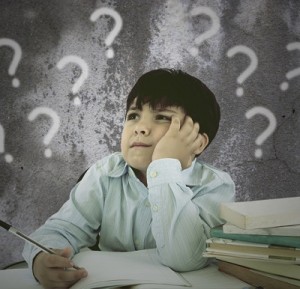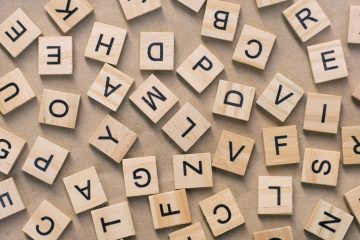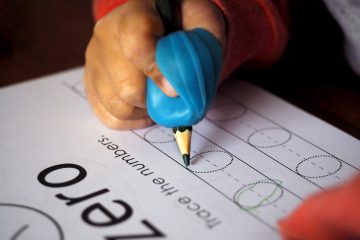 Reading is perhaps the main point of focus of the early elementary classroom. Children at these grade levels are busy learning phonics, sight words, spelling, and reading comprehension. Of course, students learn to master the skill of reading at different rates. Some kids pick up reading quickly while others take longer. But what if your child is falling further and further behind? What should parents do if they suspect their little one may have a reading disability? How do they determine if it is a true reading disability and why is it important? Red Apple Reading has some advice for parents who suspect their child may be struggling with a reading disability.
Reading is perhaps the main point of focus of the early elementary classroom. Children at these grade levels are busy learning phonics, sight words, spelling, and reading comprehension. Of course, students learn to master the skill of reading at different rates. Some kids pick up reading quickly while others take longer. But what if your child is falling further and further behind? What should parents do if they suspect their little one may have a reading disability? How do they determine if it is a true reading disability and why is it important? Red Apple Reading has some advice for parents who suspect their child may be struggling with a reading disability.
What’s The Big Deal?
Perhaps you’re wondering what all the fuss is about. Sure, maybe your kiddo is not the best reader, but he gets by; and after all, you can’t be good at everything! While it’s true that not all kids enjoy and excel at the same subject, it is also important to remember that reading impacts success in other subjects. If your child cannot successfully read and comprehend his science text, he will not do well in that subject even if he is gifted in that area.
How Learning Disabilities Impact Reading
If your child has been diagnosed with a learning disability, there is a good chance her reading will be effected. According to LD Online, a leading website on learning disabilities and ADHD, “A large percent of learning disabilities (up to 80 percent) show themselves as problems learning to read.”
What is a Reading Disability?
Reading disabilities are often connected with the term dyslexia – which, simply put, is a continual problem learning to read.
Symptoms
How can a parent know if his child has a true reading disability? What are some of the signs to look for? The Mayo Clinic lists the following signs as possible indicators of dyslexia in elementary school children:
- Reading at a level well below the expected level for the age of your child
- Problems processing and understanding what he or she hears
- Difficulty comprehending rapid instructions
- Trouble following more than one command at a time
- Problems remembering the sequence of things
- Difficulty seeing (and occasionally hearing) similarities and differences in letters and words
- An inability to sound out the pronunciation of an unfamiliar word
- Seeing letters or words in reverse (“b” for “d” or “saw” for “was,” for example) — this is common in young children, but may be more pronounced in children with dyslexia
- Difficulty spelling
- Trouble learning a foreign language
Solutions
The National Center for Learning Disabilities offers the following suggestions for the treatment of dyslexia:
- Expose your child to early oral reading, writing, drawing, and practice to encourage development of print knowledge, basic letter formation, recognition skills, and linguistic awareness (the relationship between sound and meaning).
- Have your child practice reading different kinds of texts. This includes books, magazines, ads, and comics.
- Include multi-sensory, structured language instruction. Practice using sight, sound, and touch when introducing new ideas.
- Seek modifications in the classroom. This might include extra time to complete assignments, help with note taking, oral testing, and other means of assessment.
- Use books on tape and assistive technology. Examples are screen readers and voice recognition computer software.
- Get help with the emotional issues that arise from struggling to overcome academic difficulties.
2022 UPDATE: 20 Useful Apps for Kids with Dyslexia and Learning Disabilities
If you suspect that your child has a reading disability, talk to her teacher and pursue having her tested. Above all, don’t panic. When given the appropriate interventions, students with dyslexia can and do succeed in school!


